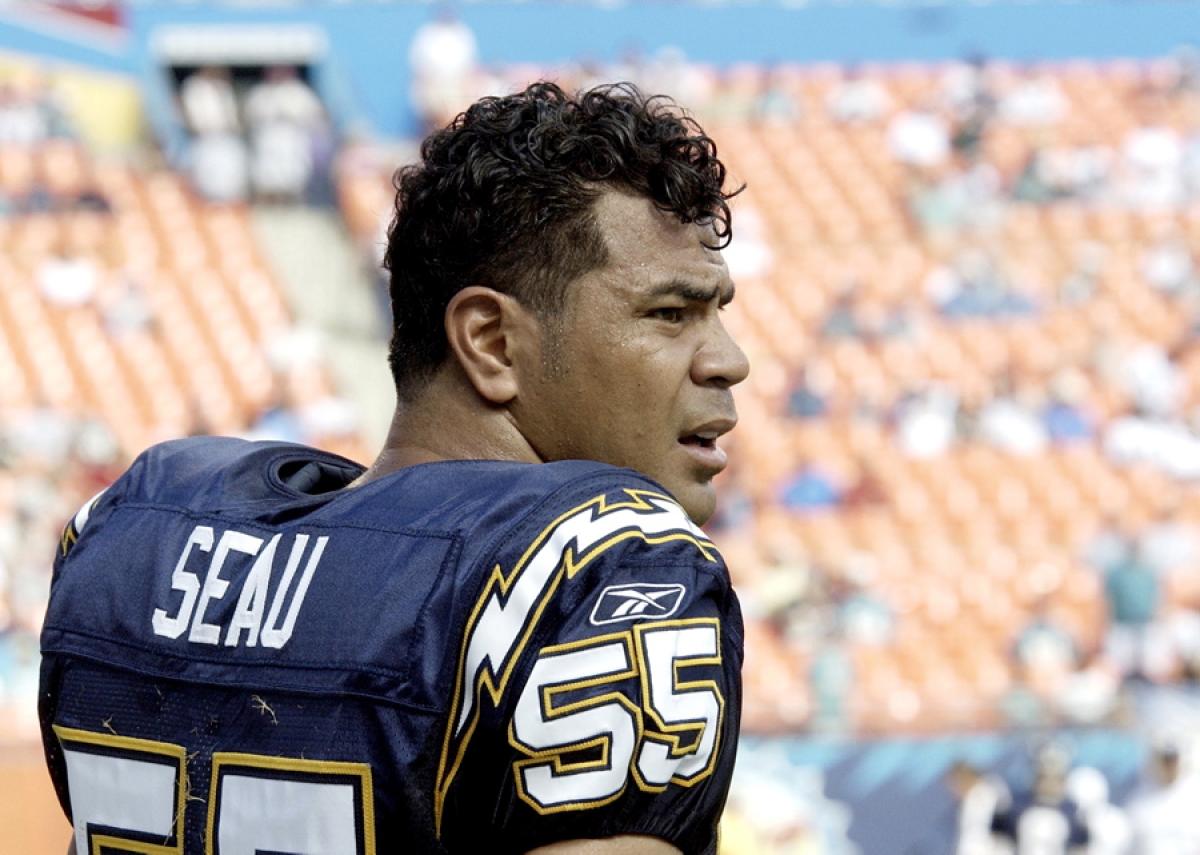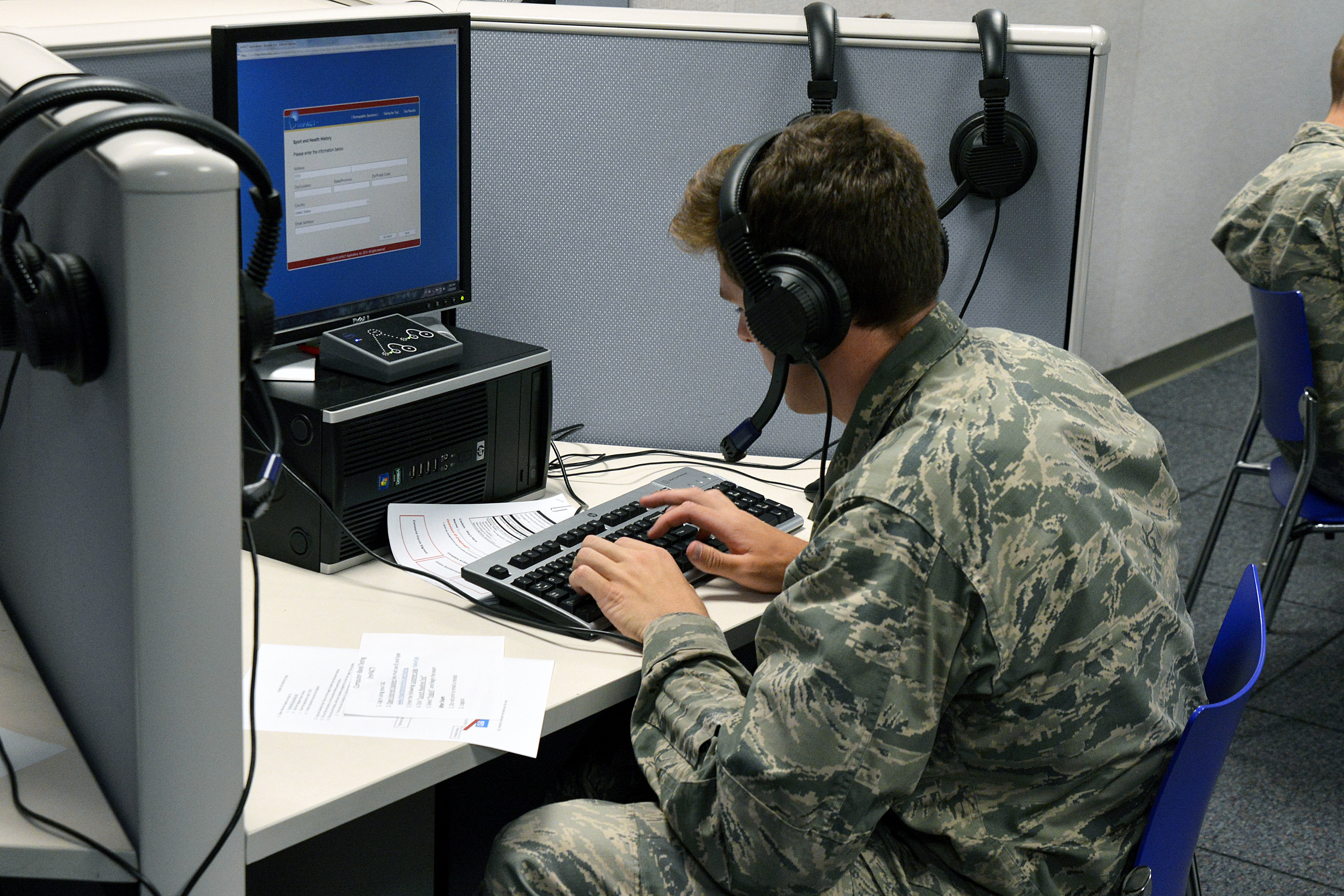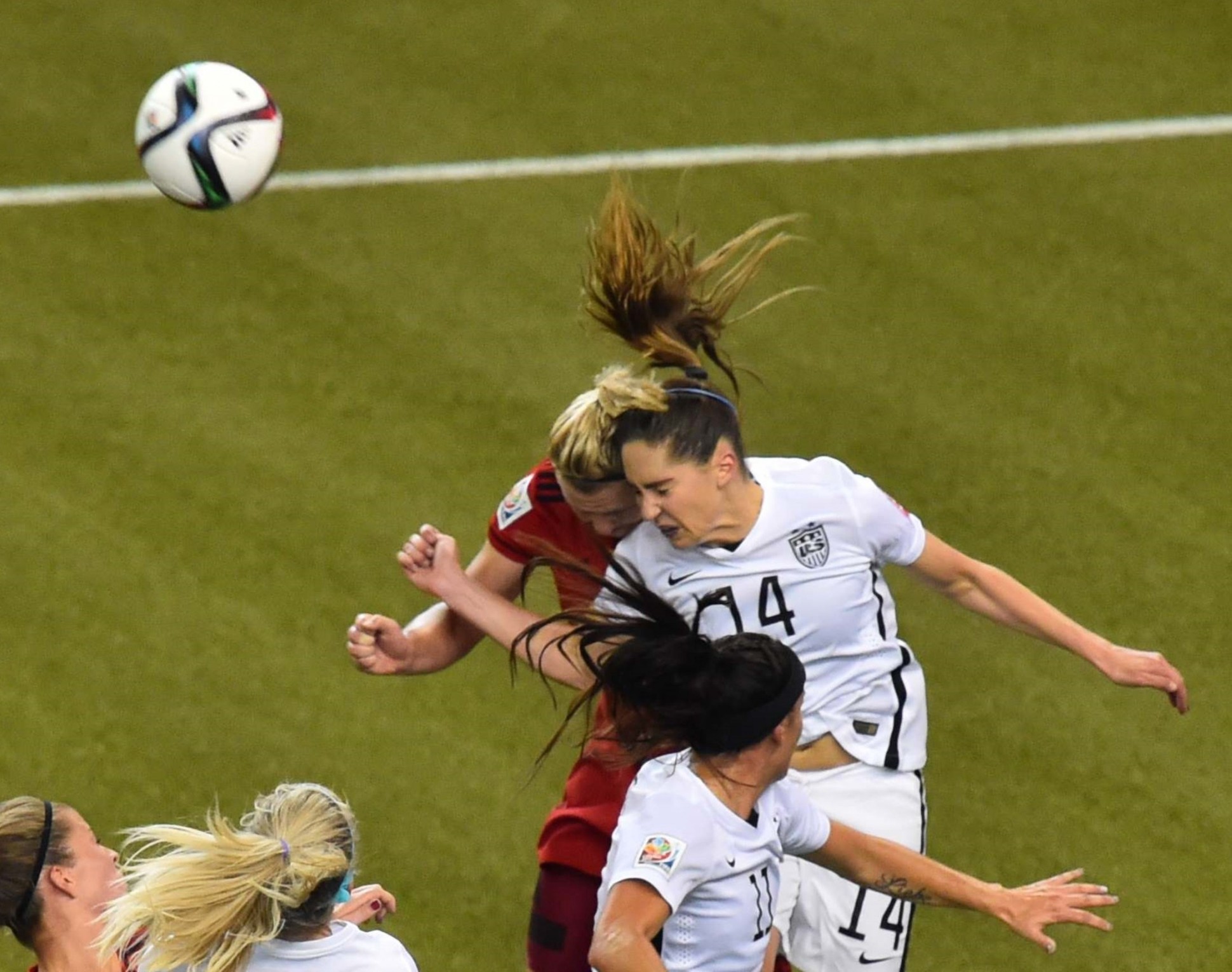
Junior Seau’s induction into the Pro Football Hall of Fame was always going to be awkward, a chance to celebrate a marquee player known for his bone-crushing career while not dwelling on the injuries that might have precipitated his death.
When his induction was announced at the Super Bowl, his family rejoiced and started thinking about what to say at the ceremony in Canton, Ohio, on Aug. 8. Seau had told them that if he ever made it, he wanted his daughter, Sydney, to introduce him.
But the Hall of Fame does not plan to let Sydney or anyone else speak on Seau’s behalf. Instead, it will show a video commemorating his career, while avoiding questions about his suicide in 2012 at age 43 and the subsequent diagnosis of traumatic brain injury that doctors said they believed was brought on by hits to his head. Nor will the video mention the lawsuit that Seau’s family has filed against the N.F.L., which is trying to curb injuries in active players and address brain disease among its almost 20,000 retired players.
To the Hall of Fame officials, simply showing the video, which will not invoke Seau’s suicide, will keep the focus on his playing days. To his family still grappling with his death, though, the decision diminishes the tribute to one of the sport’s best linebackers and a highly regarded figure in Southern California, where he grew up and played most of his career.
“It’s frustrating because the induction is for my father and for the other players, but then to not be able to speak, it’s painful,” Sydney said. “I just want to give the speech he would have given. It wasn’t going to be about this mess. My speech was solely about him.”
The Hall said Seau’s brain injury and suicide had nothing to do with its decision to show only a video, but Seau’s death continues to haunt theN.F.L., which collaborates with the Hall on the induction ceremony and for years denied any link between repeated hits on the field and brain disease.
Typically, a video produced by NFL Network is shown for each inductee. For living inductees, a family member or a close associate then introduces the player on stage for what is often an emotion-filled speech.
In the past, for deceased inductees, presenters spoke, but Joe Horrigan, a spokesman for the Hall who has overseen the enshrinement ceremony for 20 years, said they often repeated what was in the video, prolonging an already lengthy ceremony. So a few years ago, the Hall eliminated speeches in these cases.
“There was an acceptance speech for deceased players, but it got redundant,” Horrigan said. “The honor is supposed to be for the individual.”
In 2011, no one spoke for Les Richter, a linebacker with the Los Angeles Rams who died a year earlier.
Seau’s video tribute will be five minutes, two minutes longer than for living inductees, Horrigan said. It will include parts of an interview his daughter gave to NFL Network before, she said, she learned that no one would be making a speech.
Not allowing any testimonials raises thorny questions because Seau’s death has cast such a long shadow over his stellar 20-year career, much of which was played in San Diego for the Chargers. The decision comes as the N.F.L. tries to repair the damage to its reputation after years of denying that playing the sport could cause brain disease.
The league agreed to pay hundreds of millions of dollars to settle a lawsuit brought by thousands of retired players who said they were misled about the dangers of concussions. Game rules have been adjusted slightly to reduce the chance of violent collisions, and neuro-trauma specialists now roam the sidelines. The league has committed to spending at least $40 million on concussion-related research.
The Hall of Fame has tiptoed past these issues and focused solely on players’ exploits in the gridiron.
“We’re not the N.F.L., but the Pro Football Hall of Fame,” said David Baker, the executive director of the Hall. “Our mission is to honor the heroes of the game, and Junior is a hero of the game. We’re going to celebrate his life, not the death and other issues.”
At times, the separation can feel artificial. The Hall is an independent nonprofit organization. But the N.F.L. is its largest donor and works closely with it to stage the induction ceremony, which is televised on the league-owned network. The league also organizes the Hall of Fame Game, the kickoff of the preseason, the day after the induction ceremony, and it moved its rookie symposium to Canton, in part so every incoming player could visit the Hall.
A spokesman for the league said that it was involved in many aspects of the Hall of the Fame weekend, including the production of the enshrinement ceremony, but that it left decisions about allowing any speeches to the Hall.
Seau’s former wife, Gina, was “very surprised” by the Hall of Fame’s policy to use only a video because she did not “think Sydney or any of us were going to use the Hall of Fame as a platform.”
Horrigan said the Seaus were given incorrect information about the ceremony before the Hall of Fame formally notified them of its policy on July 9, five months after they had learned Seau would be inducted.
But Gina Seau said she did not question the Hall of Fame’s motives and in the end agreed the focus should be on Junior and his legacy.
“It’s already difficult enough as it is,” she said.
The family’s dispute with the N.F.L. was another matter. After an autopsy showed that Junior Seau suffered from chronic traumatic encephalopathy, a degenerative brain disease linked to repeated head hits, Gina filed a wrongful-death suit against the league on behalf of Seau’s two younger children, Jake and Hunter. Sydney and her brother Tyler, who are adults, joined the suit. They are seeking the equivalent of what their father would have earned, which could amount to several million dollars.
The case, though, was swept into the class-action suit brought by 5,000 retired players. In the settlement, which is being appealed, Gina could have received up to $4 million. The Seaus opted out, though, because the settlement did not address the children’s claims.The family’s lawyer, Steve Strauss, said that the league had declined to negotiate and that he was told by a representative to “take the deal.” The lawsuit should be separate from the settlement, he said, because Seau’s children sued as heirs and “are not party to the collective bargaining agreement” between the players and the N.F.L.
Strauss has asked the federal judge overseeing the settlement to allow the Seau lawsuit to go forward in state court in California, but the judge, Anita B. Brody, has indicated that she wanted to rule on any opt-out cases collectively, he said.
“We want to move forward,” Strauss said. “We have waited two and a half years.”
While the Seaus wait for a resolution to their case, they continue to wonder whether they could have done more to recognize and maybe slow Junior’s decline.
In retrospect, the signs of C.T.E. were there: the memory lapses, the mood swings, the suicidal tendencies.
In October 2010, Seau drove his sport utility vehicle off a cliff along the beach in Carlsbad, Calif., where it landed about 100 feet below. Seau said he had fallen asleep, but it came soon after he had been arrested on suspicion of domestic violence involving his girlfriend.
“I didn’t know the severity of it,” Gina said. “I didn’t want to acknowledge what it was, his first suicide attempt.”
After their marriage ended years before, Gina spoke regularly with Seau, and when she called him a few months after the Carlsbad incident, he seemed depressed.
“He said, ‘I had no idea how many hours are in a day, the days are so long,’ ” she said. “That was a completely obvious statement of a man who was scared. He had so many opportunities, and he couldn’t get there. He was stuck in a bubble.”
Seau’s family and many of his friends will travel to Canton for induction weekend, lamenting that Seau, a lively public speaker known for delivering upbeat messages and for poking fun at himself and the audience, would not take the stage. The Seau family is preparing for a bittersweet weekend.
“It’s been like planning a wedding party without the groom,” Gina said.
ORIGINAL ARTICLE:





